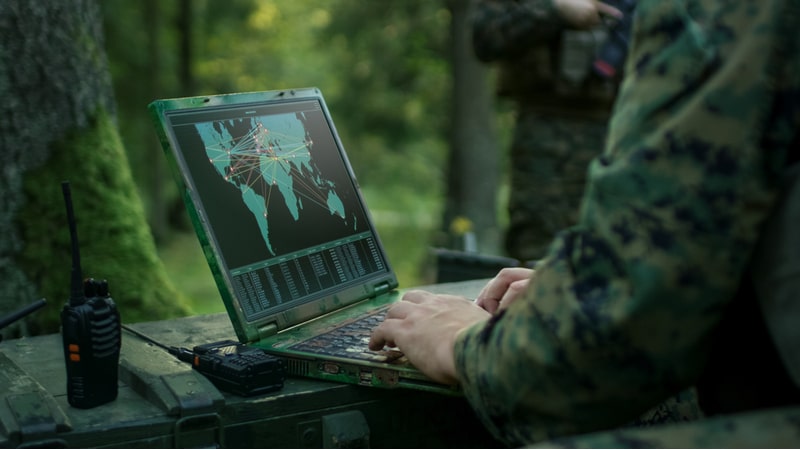
The U.S. Army is looking to hybrid and multi-cloud solutions so that it can move data and workloads seamlessly across clouds to achieve “data liquidity,” according to Young Bang, the principal deputy assistant secretary of the Army (ASA) for acquisitions, logistics and technology (ALT).
At ServiceNow’s “Cloud Transformation Powering DoD Missions” event on Oct. 12, Bang explained how the Army’s cloud needs are unique compared to the rest of Department of Defense (DoD).
“We’re always, by nature, we’re going to be distributed, decentralized, and disconnected,” Bang said. “And I say that because while the notion of cloud-native is underpinning all of digital transformation, what may work for the rest of the DoD won’t necessarily work for the Army. We’ve got to extend that and that’s where the hybrid and the multi comes in.”
“For us, we’re really trying to drive more of the multi and the hybrid strategy, so we can have what I call ‘data liquidity’ across all of those environments,” he said, adding, “and then more importantly, workloads across all those so that we can really take advantage of the notion of modern digital architecture.”
Bang explained that when it comes to digital transformation, “cloud is table stakes.”
For example, he explained it’s just not realistic for the Army to be carrying around huge data center racks out on its Humvees. Hybrid and multi-cloud can enable the Army to gain those capabilities for “disadvantaged users,” he said.
However, because the service branch operates in a decentralized environment, Bang said the Army is looking to minimize the amount of data it’s taking in on the battlefield through what he called a “data diet.”
“The notion is that we’re not going to ingest everything because every mission doesn’t need it,” Bang said. “You only need the most relevant and the most recent data, everything else is stale to do fires, to do targeting, to go ahead and say, ‘Hey, you might want to shoot this.’ We don’t need all that information, per se. So, we don’t need to ingest everything. We’re trying to get to what we call an appetite suppressant, a data diet.”
Bang went on to explain that certain missions – such as cybersecurity – would require you to ingest all of that data, but it’s not necessary when you’re out on the battlefield. Instead, he said ingesting all of that data is only going to drive up your cloud vendor bill.
“We’re trying to be a little bit more smarter about the notion of how do we get access to data – not necessarily ingesting it – doing distributed query to do computational governance to the point where you have the data so we can access it,” Bang said.
Mark Matzke, vice president of the Department of Defense Area at ServiceNow, noted that ServiceNow created its new National Security Cloud (NSC) to help agencies like the Army “to ensure that the resilient warfighter has a resilient platform.”
“Our National Security Cloud, I believe, is that platform,” Matzke said. “By using NSC, what we’ve tried to do is really address three things just from the get-go: compliant engineering built-in, improved risk mitigation, and embedded security.”
He said ServiceNow built the secure platform specific to the DoD, helping defense agencies like the Army to better meet their mission needs – such as data liquidity.
“What we want to make sure is that you don’t have to necessarily choose between digital transformation or security,” he added. “But we want to provide the right cloud environment to make the DoD more resilient, flexible, and responsive, while keeping security at the forefront.”
